The Lycurgus Cup: Ancient Rome's Marvel of Art and Nanotechnology
The Lycurgus Cup: the colorful marvel of 1,600-year-old Roman goblet.
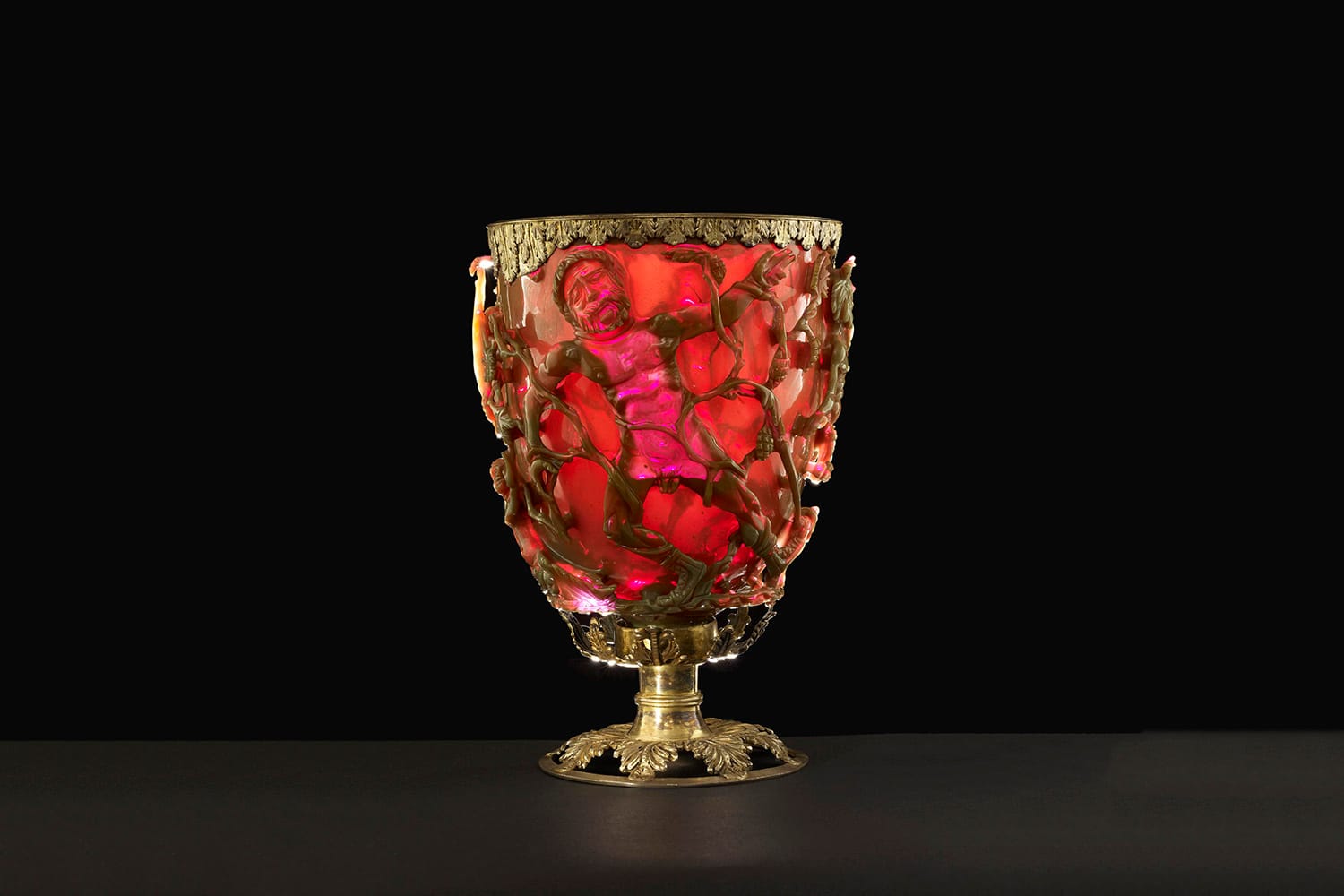
Throughout history and where art meets science, few artifacts stand out quite like the Lycurgus Cup. Housed in the British Museum, this 4th-century Roman glass chalice is an enigma of ancient craftsmanship and a precursor to modern nanotechnology. Its ability to change color—from a mystic jade green when lit from the front to a rich, translucent red when backlit—has puzzled and mesmerized historians and scientists alike.
The precise origins of the Lycurgus Cup, including who created it and for what specific purpose, remain shrouded in the mysteries of history. The cup is believed to be a product of Roman glassmakers, renowned for their skill and innovation in the 4th century. As for its purpose, it likely served both as a display of wealth and artistry, and possibly had ceremonial significance. The depiction of the myth of King Lycurgus, a tale of caution and divine retribution, suggests it may have been used in a ritual context or as a storytelling piece, captivating its audience with both the tale and the transformative property of the glass.
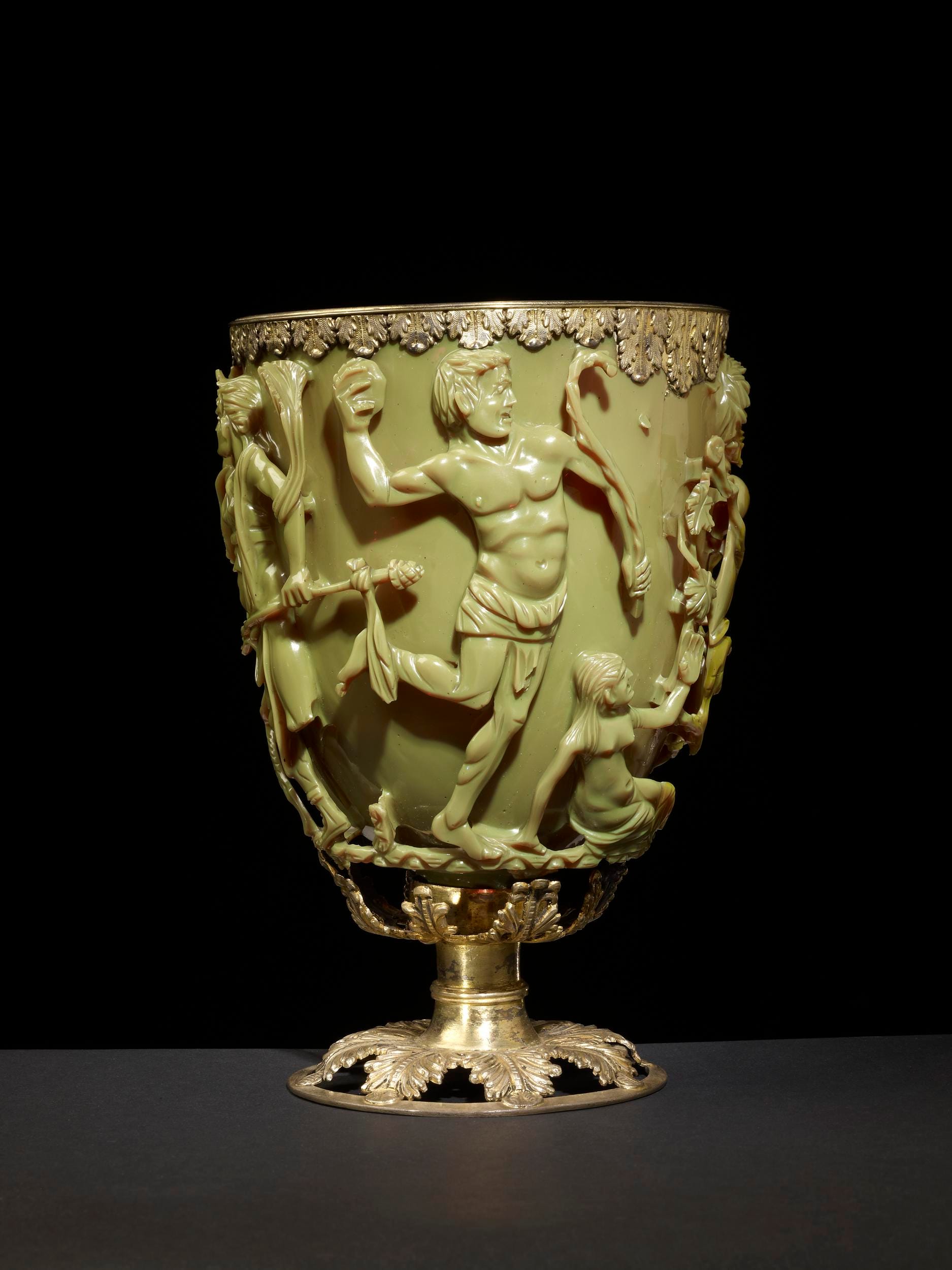
The secret to this color-changing phenomenon lies in the glass itself. It contains gold and silver nanoparticles, ground so finely that they measure mere nanometers in diameter. This ancient example of nanotechnology manipulates light in a way that wasn't understood until the advent of modern science. When light hits these particles, their electrons resonate, causing this dramatic shift in color. This effect, known as surface plasmon resonance, is a field of study within nanophysics, a testament to the sophistication of Roman glassmakers.
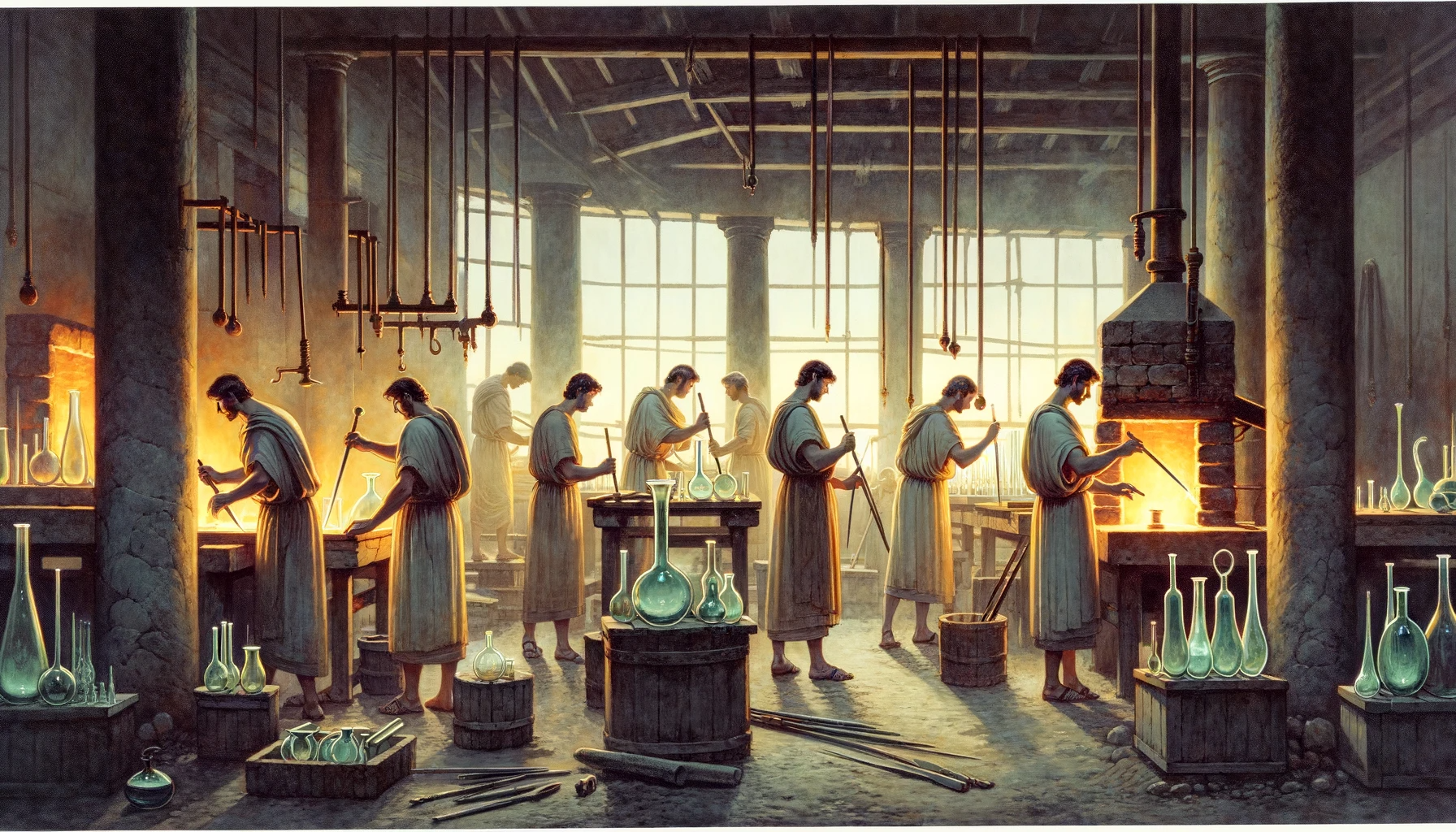
As already mentioned, the cup depicts a scene from the myth of King Lycurgus of Thrace, ensnared by grapevines-god Dionysus's “tools”. This depiction is not just an artistic choice but a narrative echoing the cup's duality. In light, Lycurgus's fate changes, mirroring the cup's chromatic transformation.
A deep “dive” into the Cup
The Lycurgus Cup, created around 1,600 years ago, is notable for its intricate technique of embedding minuscule gold and silver particles in glass. In standard light, the cup exhibits a jade hue, but it shifts to ruby red when backlit, a phenomenon attributed to the interaction of electrons with light. This color-changing effect was not just a novelty but used to visually narrate stories, like the depicted myth of King Lycurgus entwined in grapevines.
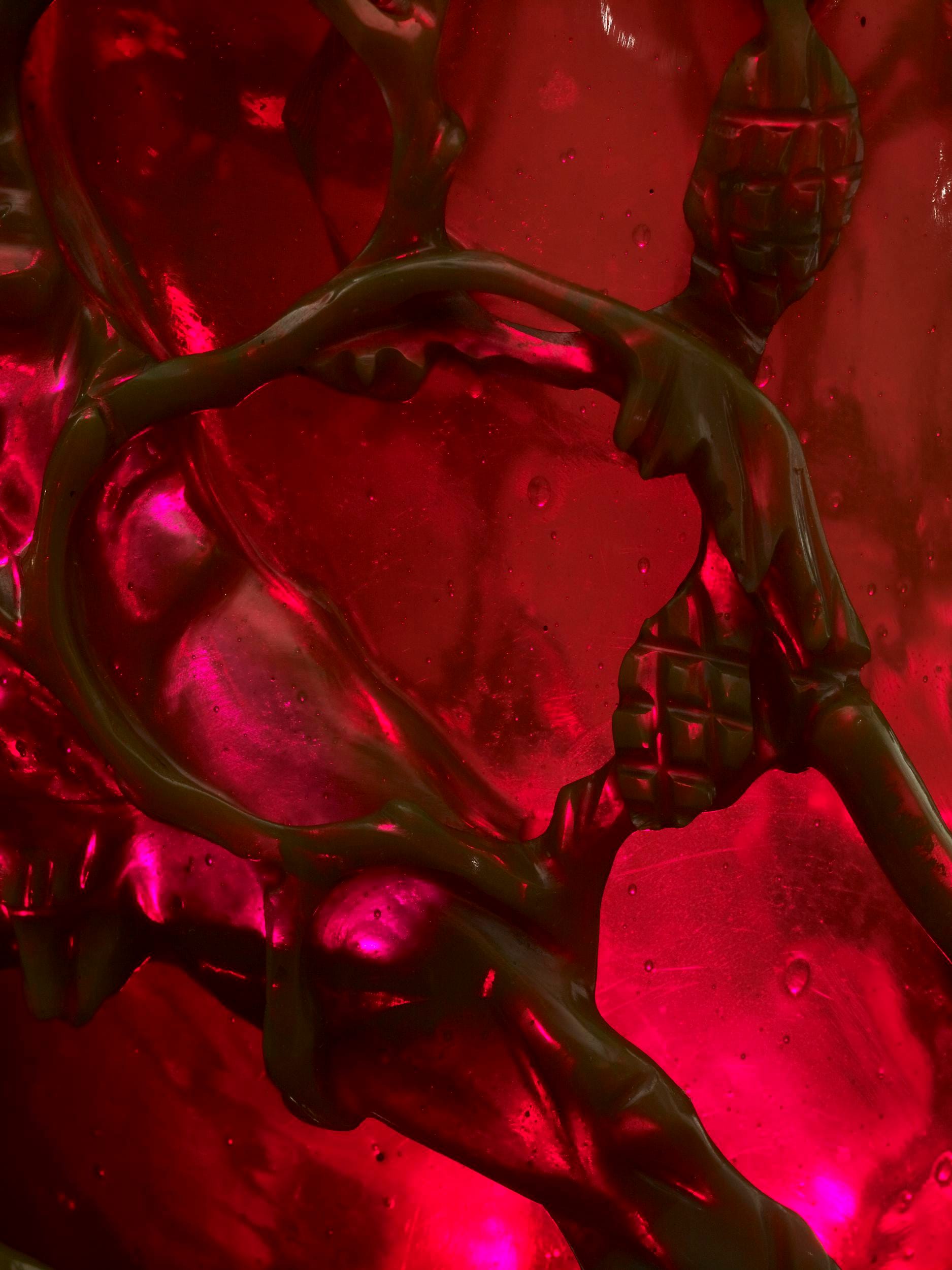
The Romans achieved this effect by finely grinding metal particles and incorporating them into the glass. They also understood that varying the glass thickness would alter the color display. Recent research suggests that filling the cup with different liquids could potentially change its color, highlighting its dynamic nature and the Romans' advanced understanding of materials.
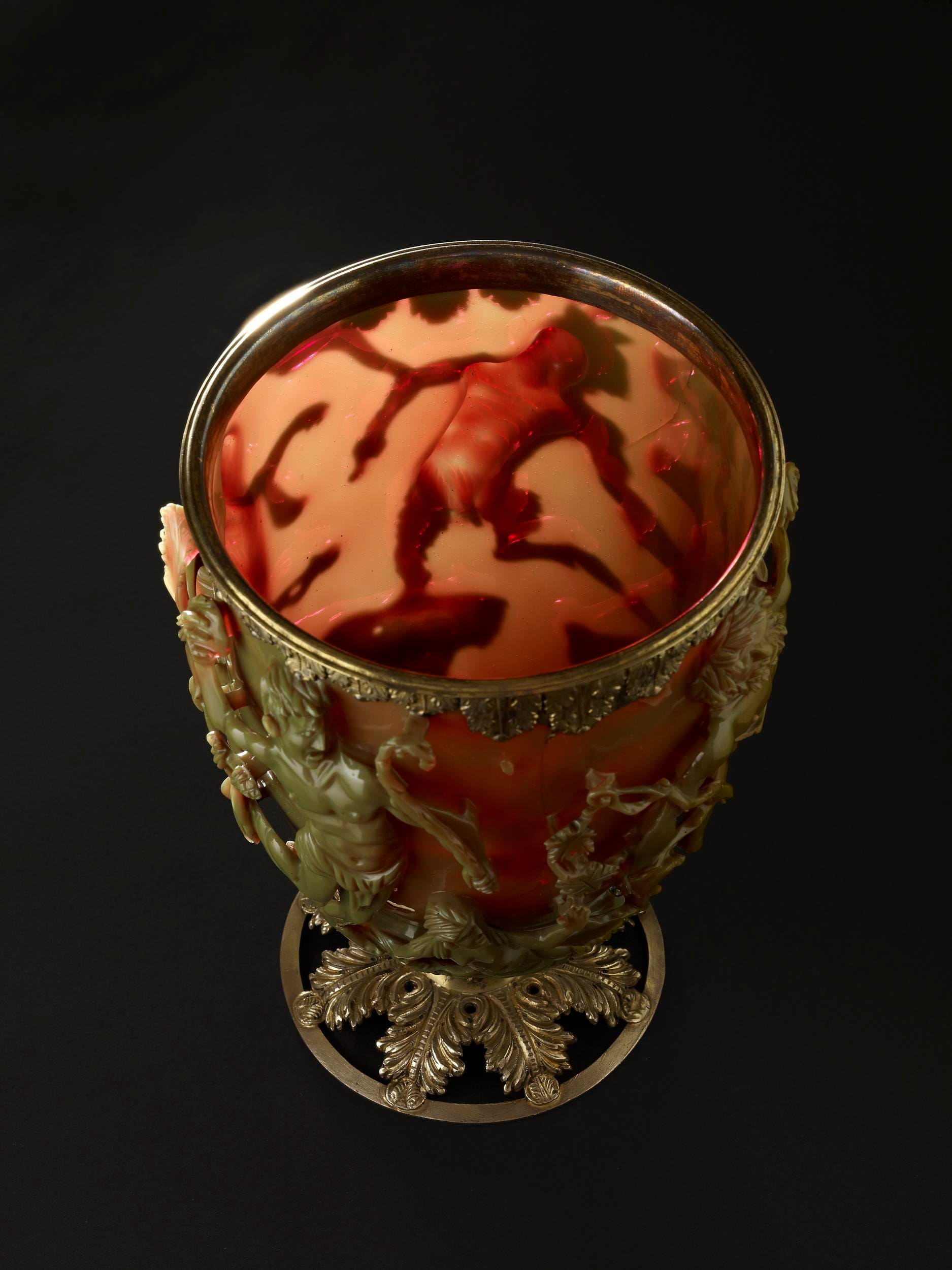
Researchers at the University of Illinois at Urbana-Champaign, inspired by the optical properties of the ancient Lycurgus Cup, developed a highly sensitive tool for analyzing chemicals, DNA, and proteins nearly a decade ago. This innovation marks a cornerstone in modern nanoplasmonics research, a field studying optical phenomena near nanoscale metal surfaces. By mimicking the cup's use of finely ground gold and silver, they created a large-area sensor array on a transparent substrate. This array, consisting of billions of nano cups similar to the Lycurgus Cup but at a nanoscale, shows enhanced sensitivity, outperforming other nanoplasmonic devices by a factor of 100.
The creation of the Lycurgus Cup showcases the Romans' advanced knowledge in glassmaking, a skill that was lost to time and only rediscovered centuries later. The exact methods used to create such a precise nanoparticle blend remain a topic of research and admiration.
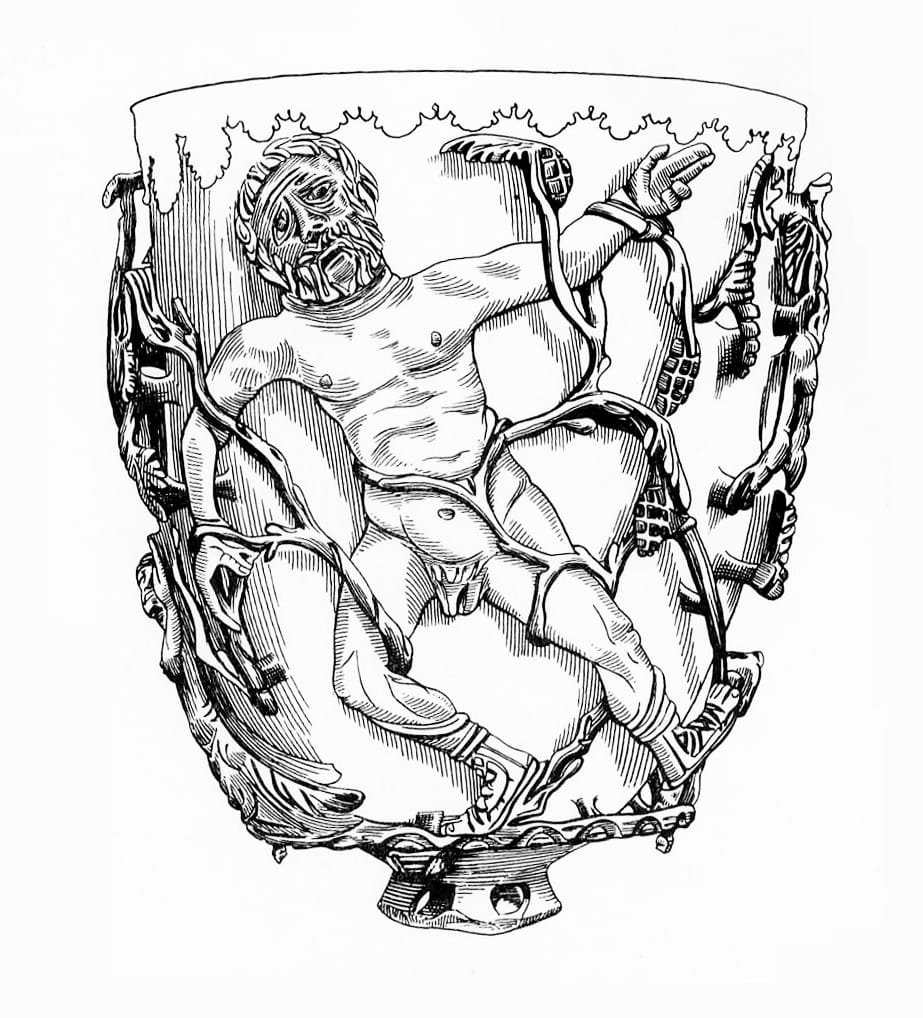
The journey of the Lycurgus Cup from its Roman origins to its current home in the British Museum is shrouded in mystery. What is known, however, is that it stands as a testament to the ingenuity and skill of ancient craftsmen, whose work unwittingly pioneered techniques akin to modern nanotechnology.
Beyond its scientific intrigue, the cup's artistry is equally noteworthy. The detailed depiction of Lycurgus's myth, captured in the delicate play of light and shadow, highlights the Romans' artistic mastery and their ability to tell stories through their art.
The Lycurgus Cup is more than an ancient artifact; it's a bridge between the past and the present, highlighting a time when art and science were indistinguishable. Its continued study offers not only insights into ancient Roman society and its technological capabilities but also inspires modern science, reminding us that sometimes, the past can illuminate the future.

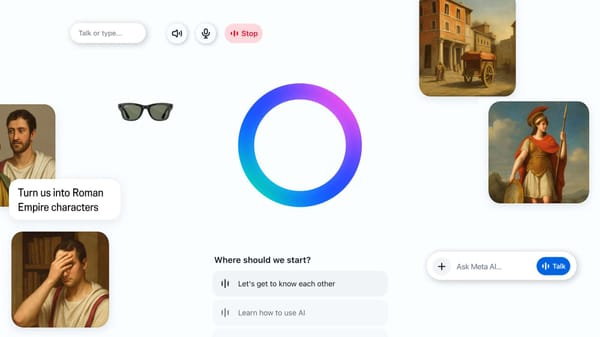







About the Roman Empire Times
See all the latest news for the Roman Empire, ancient Roman historical facts, anecdotes from Roman Times and stories from the Empire at romanempiretimes.com. Contact our newsroom to report an update or send your story, photos and videos. Follow RET on Google News, Flipboard and subscribe here to our daily email.
Follow the Roman Empire Times on social media: